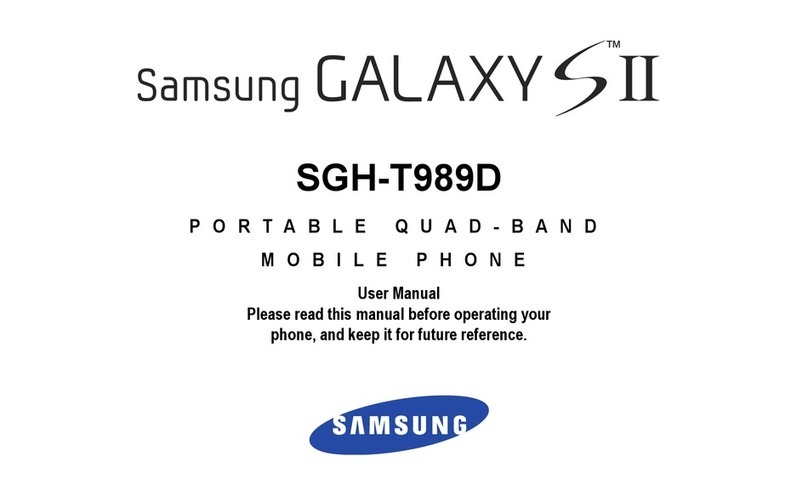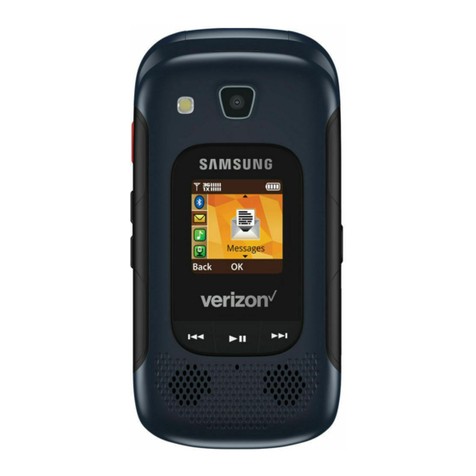Samsung SGH-F278 User manual
Other Samsung Cell Phone manuals

Samsung
Samsung SGH-F300 User manual
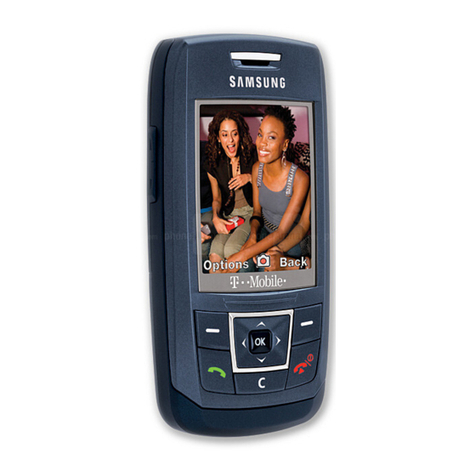
Samsung
Samsung SGH SGH-T429 Installation instructions
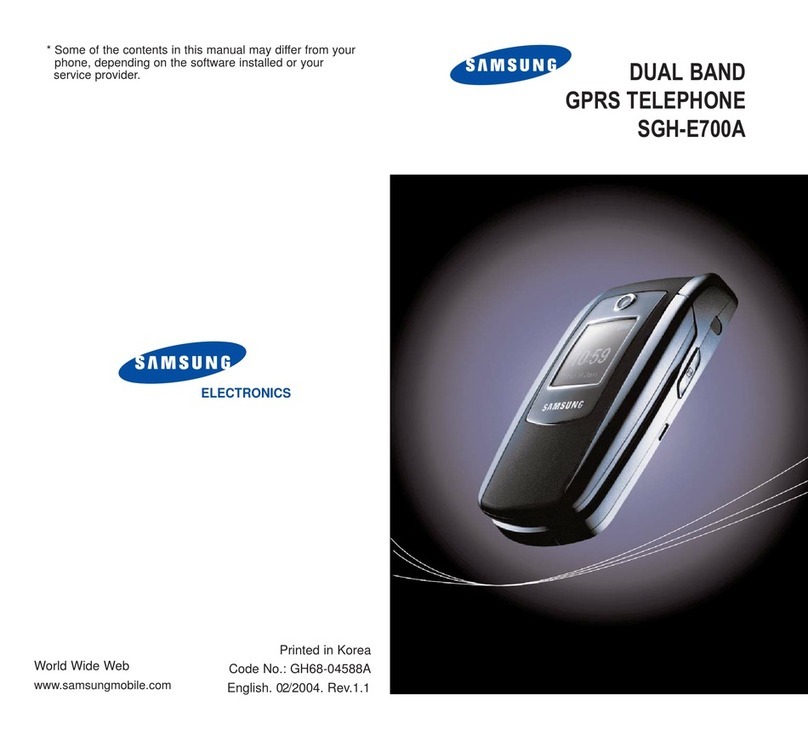
Samsung
Samsung SGH-E700A User manual
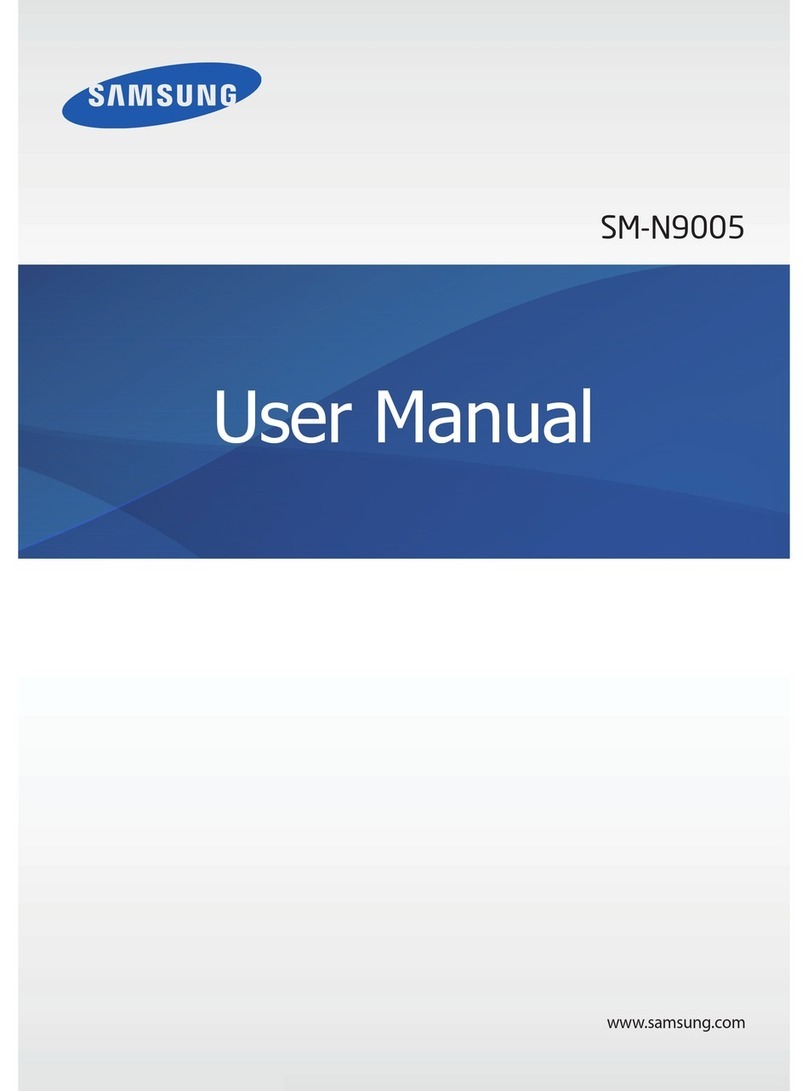
Samsung
Samsung SM-N9005 User manual
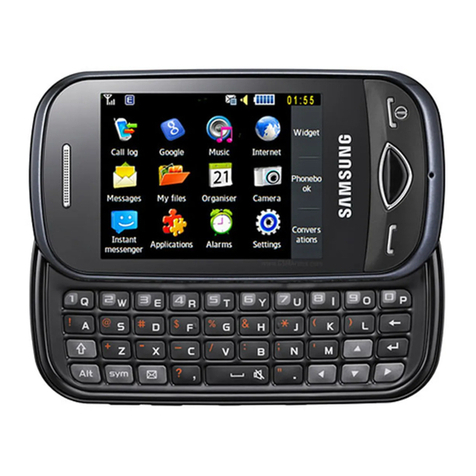
Samsung
Samsung GT-B3410 User manual
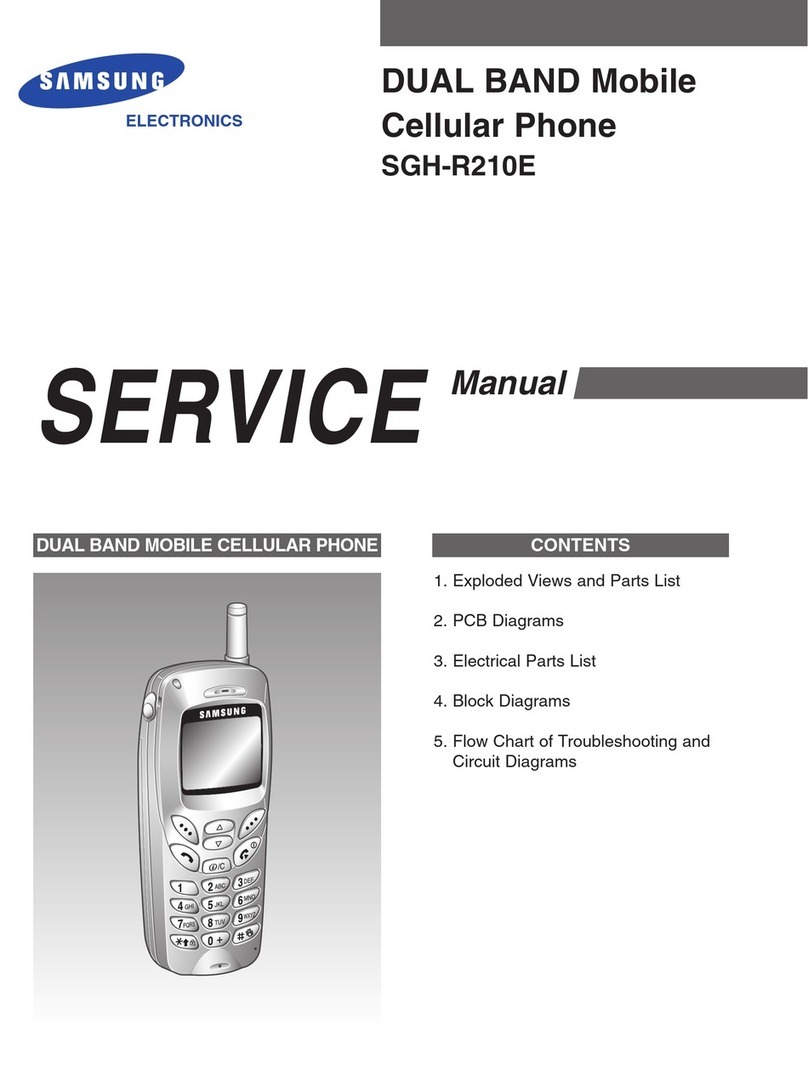
Samsung
Samsung SGH-R210E User manual
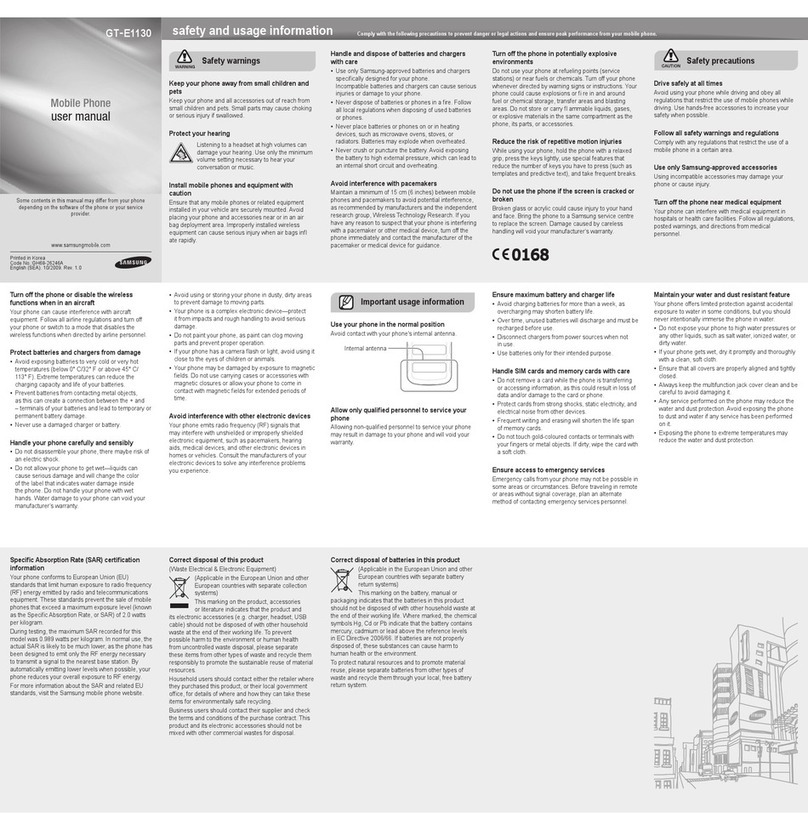
Samsung
Samsung GT-E1130 User manual
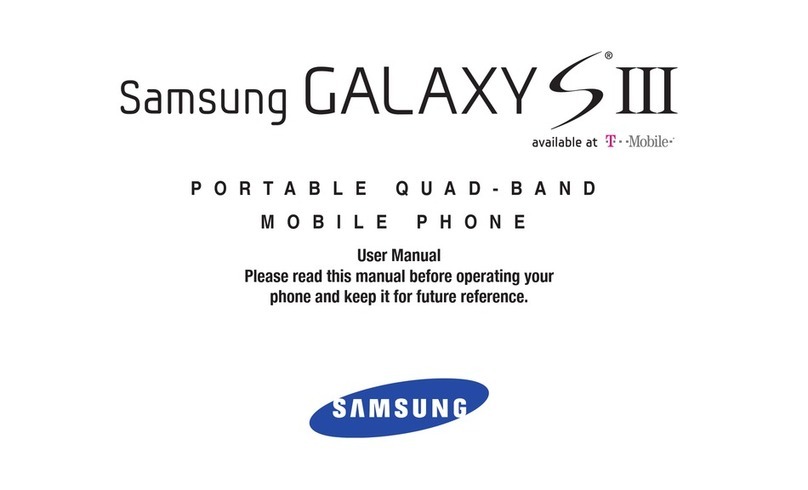
Samsung
Samsung Galaxy S III User manual
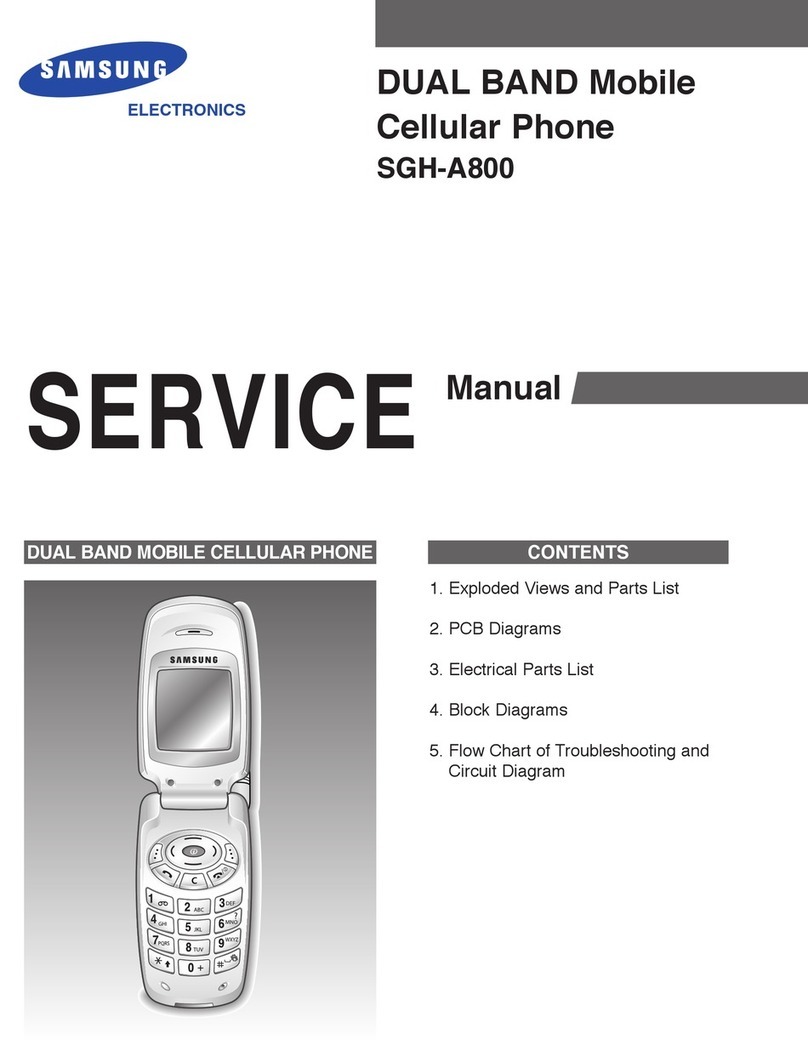
Samsung
Samsung SGH-A800 User manual
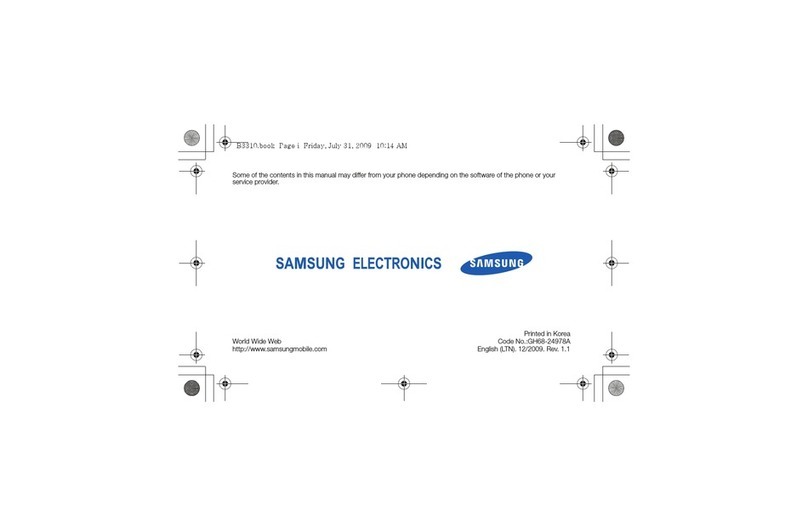
Samsung
Samsung GT-B3310 User manual
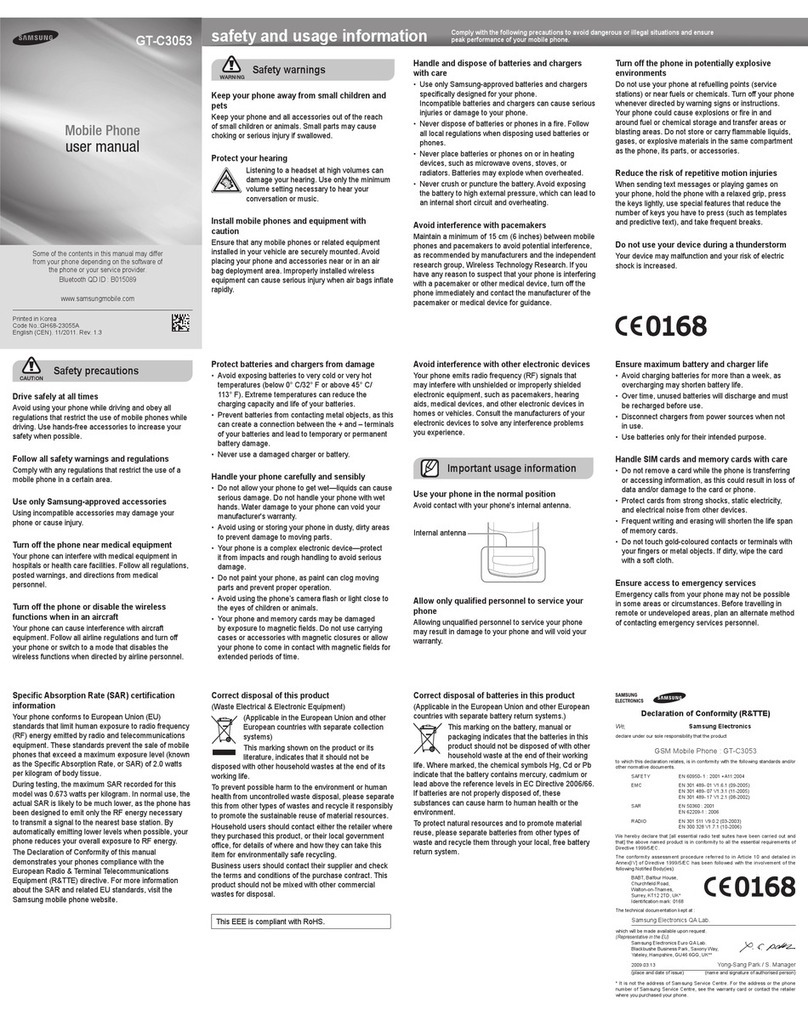
Samsung
Samsung GT-C3053 User manual

Samsung
Samsung GT-I9020T User manual
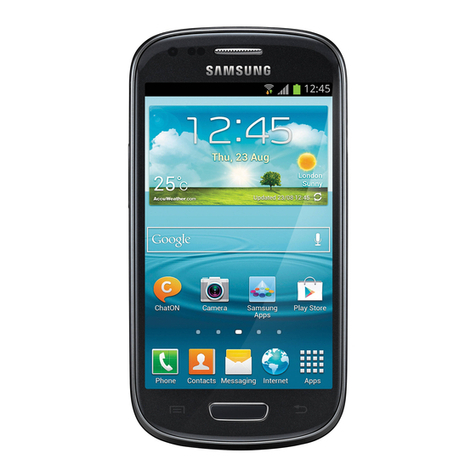
Samsung
Samsung GALAXY S III MINI User manual

Samsung
Samsung SGH-E105 User manual
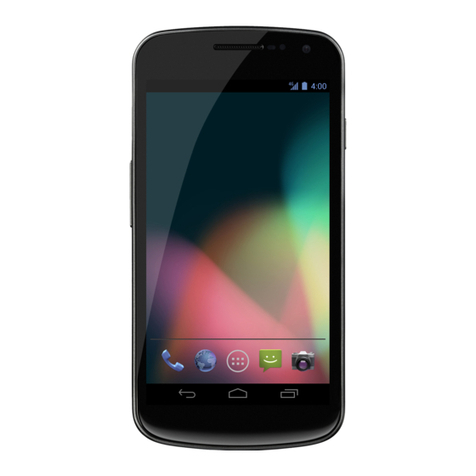
Samsung
Samsung GT-I9250T User manual
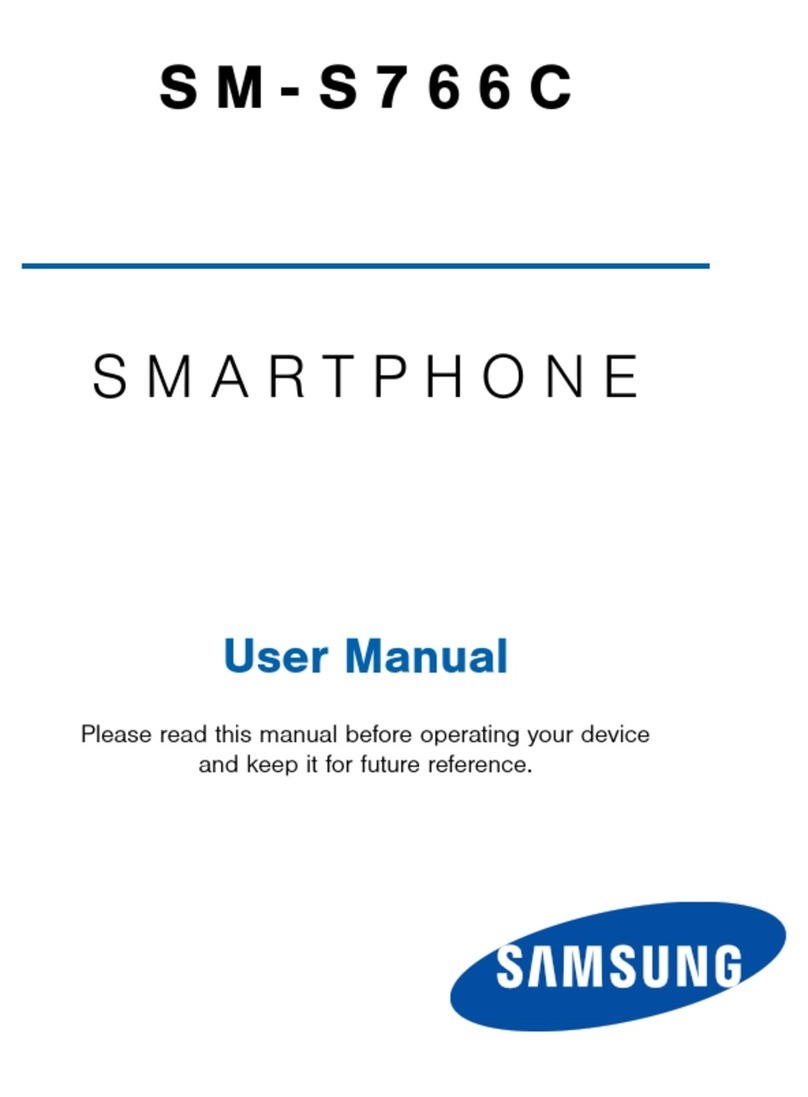
Samsung
Samsung SM-S766C User manual
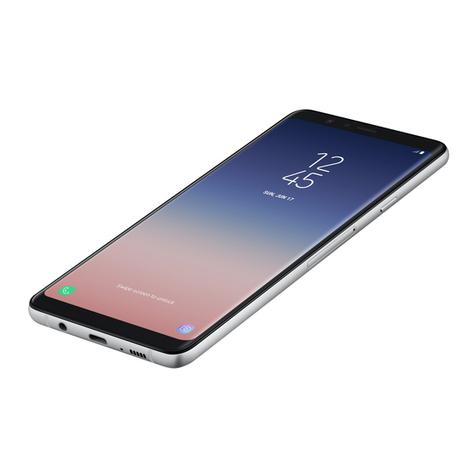
Samsung
Samsung Galaxy A8 Star User manual
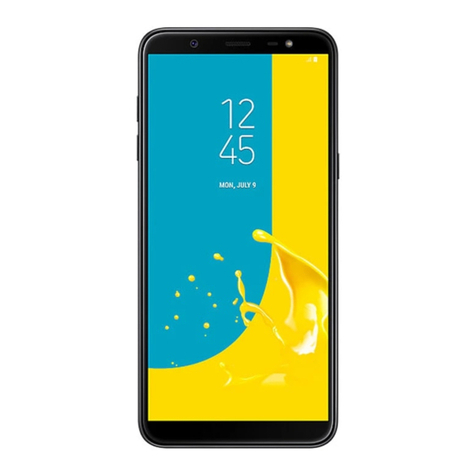
Samsung
Samsung SM-J810F/DS User manual
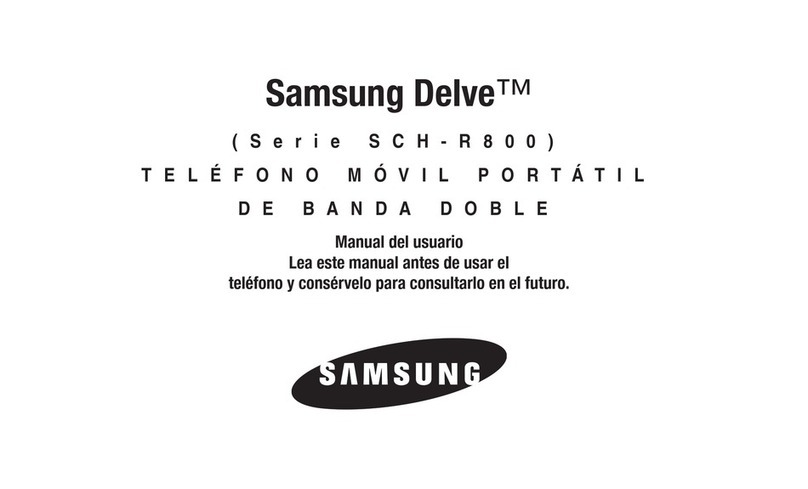
Samsung
Samsung Delve SCH-R800 Series User manual
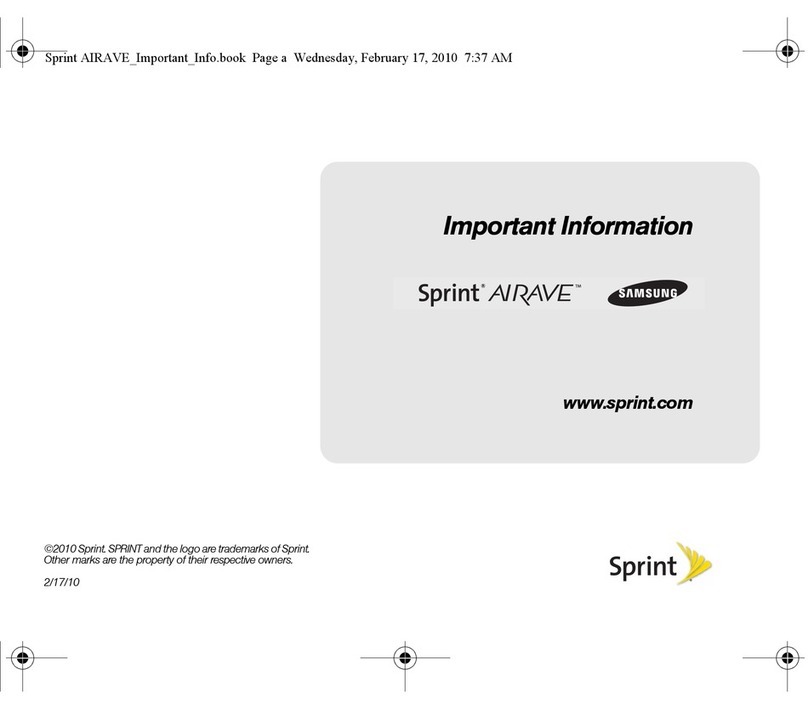
Samsung
Samsung SPRINT SCS-26UC Operating manual

